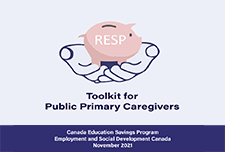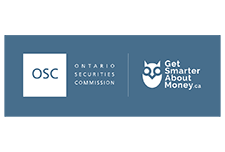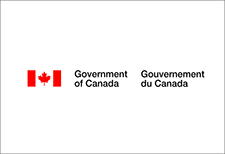The Canada Education Savings Program (CESP) recently developed a Toolkit for Public Primary Caregivers to help child welfare organizations open Registered Education Savings Plans (RESPs) and access the Canada Learning Bond (CLB) for children in care.
Most children in care automatically qualify for the CLB, but too many of them are missing out on the CLB. As public primary caregivers in receipt of the Children’s Special Allowance, most child welfare organizations can open RESPs and request the CLB for children in their care.
The Toolkit explains the process for accessing federal education savings incentives from the perspective of a public primary caregiver. It explains how to get Social Insurance Numbers for children in care, how to open and manage an RESP, what to do with the account when a child is adopted or ages out of care, and how to access the money when the youth enrols in post-secondary education. It also includes an infographic for quick reference.
Le Programme canadien pour l'épargne-études (PCEE) a récemment élaboré une Trousse d’outils pour les responsables publics pour aider les organismes de protection de l'enfance à ouvrir des régimes enregistrés d'épargne-études (REEE) et à accéder au Bon d'études canadien (BEC) pour les enfants pris en charge.
La plupart des enfants pris en charge sont automatiquement admissibles au BEC, mais trop d'entre eux ne bénéficient pas du BEC. En tant que responsables publics recevant l'allocation spéciale pour enfants, la plupart des organismes de protection de l'enfance peuvent ouvrir des REEE et demander le BEC pour les enfants dont ils ont la charge.
EDSC_EnfantsPrisEnCharge_REEETroussedoutils.pdf explique le processus d'accès aux incitatifs fédéraux à l'épargne-études du point de vue d'un responsable public. Elle explique comment obtenir un numéro d'assurance sociale pour les enfants pris en charge, comment ouvrir et gérer un REEE, ce qu'il faut faire avec le compte lorsque l'enfant est adopté ou cesse d'être pris en charge, et comment accéder à l'argent lorsque le jeune s'inscrit à des études postsecondaires. Il comprend également une infographie pour une consultation rapide.




